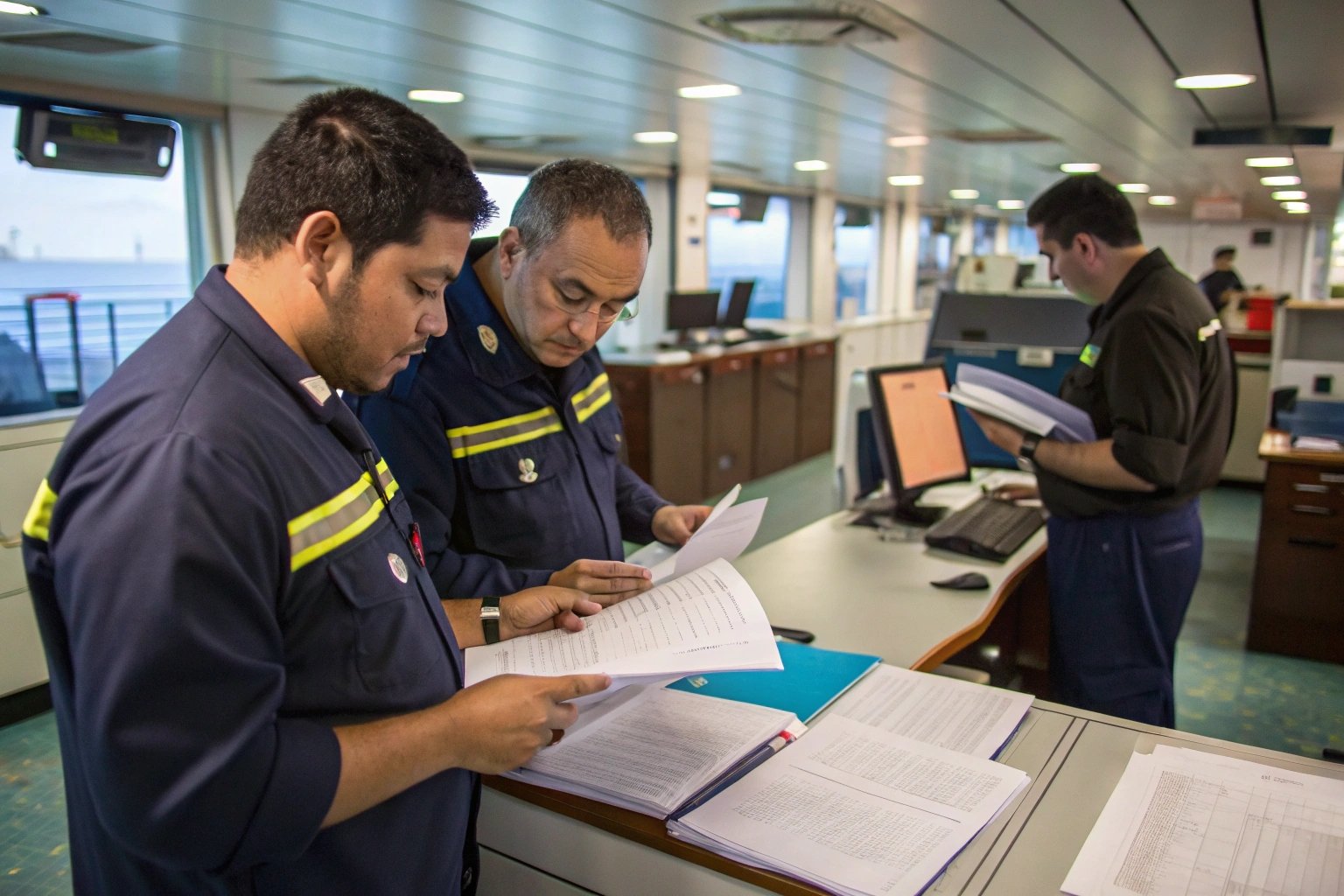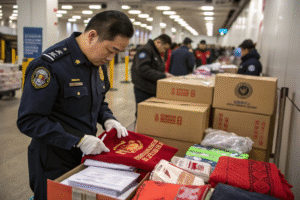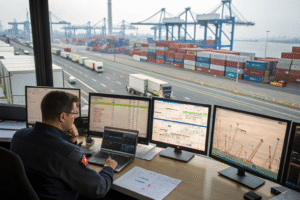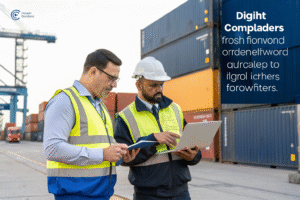You might have the right product, the right factory, and the right buyer — but if your documents are wrong, your cargo won’t move. Worse, it might get stuck, fined, or rejected at customs.
International freight shipping requires specific documents including the bill of lading, commercial invoice, packing list, and export licenses. Missing or incorrect paperwork can delay or block delivery.
If you're exporting goods from China, you need to understand which documents are essential, what they mean, and how to avoid costly mistakes. Let me walk you through the must-haves.
Essential paperwork for exporting from China
Exporting from China isn't just about packing goods and booking a ship. It’s a legal process that requires the right documents — and customs won't accept guesses or missing information.
The essential export documents include a commercial invoice, packing list, bill of lading, export declaration, and in some cases, certificates of origin and product compliance.
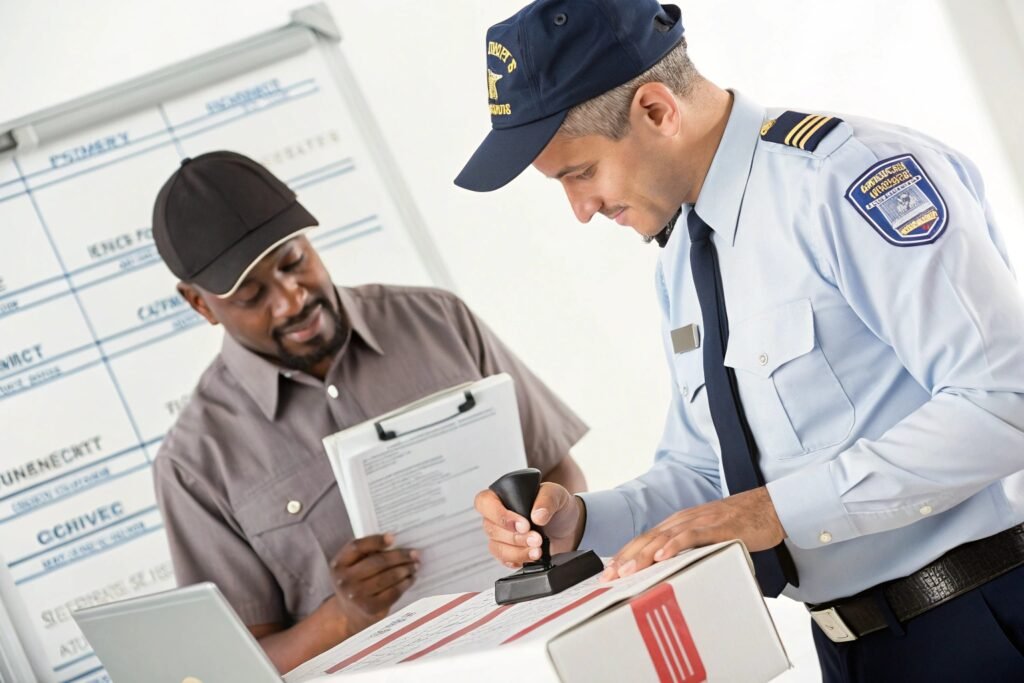
What documents are required for every shipment?
Here’s a checklist of standard export documents:
| Document | Purpose | Issued By |
|---|---|---|
| Commercial Invoice | Declares the value and nature of goods | Exporter |
| Packing List | Describes contents and packaging details | Exporter |
| Bill of Lading (B/L) | Confirms carrier receipt and transport terms | Freight Forwarder / Carrier |
| Export Declaration (Customs Form) | Required by China Customs for outbound clearance | Forwarder or Supplier |
| Certificate of Origin (if needed) | Proves country of origin for duty benefits | Local CCPIT or Chamber |
| Product Compliance Certificates | Needed for certain goods (e.g., CE, FCC) | Manufacturer or Testing Lab |
At GeeseCargo, we assist clients in preparing or reviewing each of these forms — especially when using DDP service, where we are responsible for full customs compliance.
When are extra documents required?
For certain products or destinations, you may also need:
- MSDS (Material Safety Data Sheet) — for chemicals, batteries, or liquids
- Insurance Certificate — if goods are insured in transit
- Fumigation Certificate — for wood packaging exports
- Letter of Credit — if used for payment (bank-requested)
Each of these depends on your product type and target country. Our team helps clarify what's required, based on your HS code and Incoterms.
What is a bill of lading and why is it important?
If there’s one document that acts like the passport of your shipment — it’s the bill of lading. Without it, you can’t clear goods, claim cargo, or prove ownership.
The bill of lading (B/L) is the official contract between the shipper and carrier. It confirms cargo details, shipping terms, and acts as a receipt and proof of ownership.
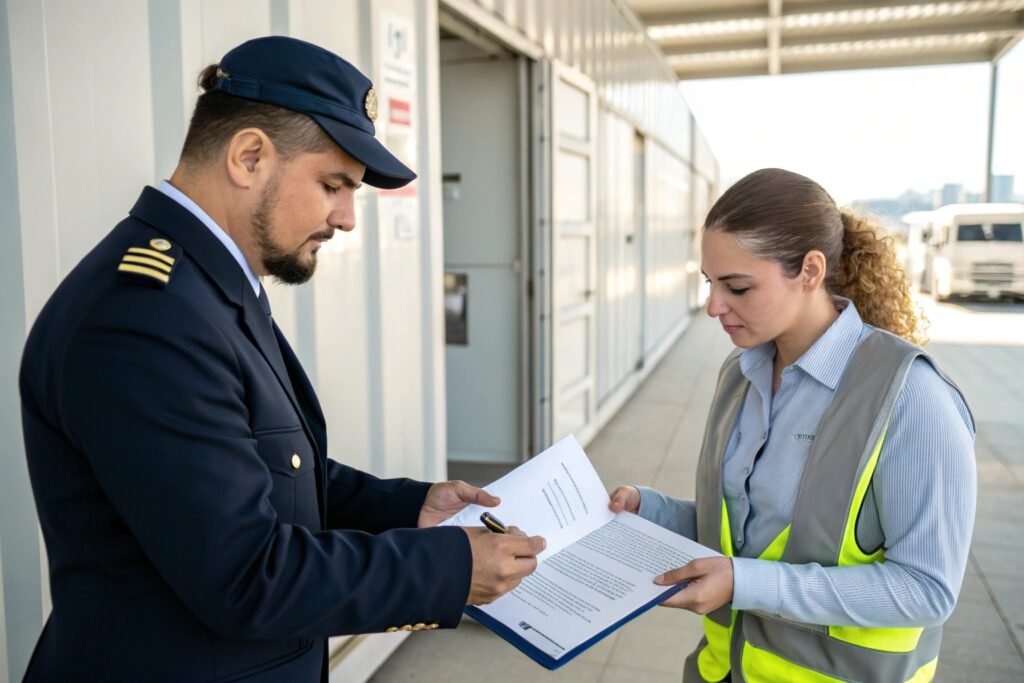
What information does a B/L include?
Here’s what you’ll typically find:
| Field | Description |
|---|---|
| Shipper | Exporter or seller of goods |
| Consignee | Buyer or recipient of cargo |
| Notify Party | Contact for arrival notice |
| Vessel/Voyage | Ship name and sailing schedule |
| Container Number | ID of cargo box |
| Description of Goods | Name, HS code, packaging info |
| Incoterms | (e.g., FOB, DDP) |
| Freight Charges | Paid or collect? |
| B/L Type | Telex release, original, or express |
GeeseCargo issues the B/L once cargo is loaded and cleared. We also offer electronic (telex) release to simplify document handling and avoid courier delays.
What are the different types of bills of lading?
| Type | Use Case |
|---|---|
| Original B/L | Must be physically surrendered to release cargo |
| Telex Release | Electronic version; cargo released without paper |
| Express B/L | Used when there’s trust between buyer and seller |
| House B/L | Issued by a freight forwarder (like us) |
| Master B/L | Issued by the carrier or shipping line |
We usually recommend telex release for our U.S. and EU clients — it’s faster, safer, and paper-free.
Commercial invoice vs. packing list explained
These two documents are often submitted together, but they serve different purposes. Customs officials need both to approve your shipment.
A commercial invoice shows the value of the goods for customs and tax purposes. A packing list details the physical contents of each package in the shipment.
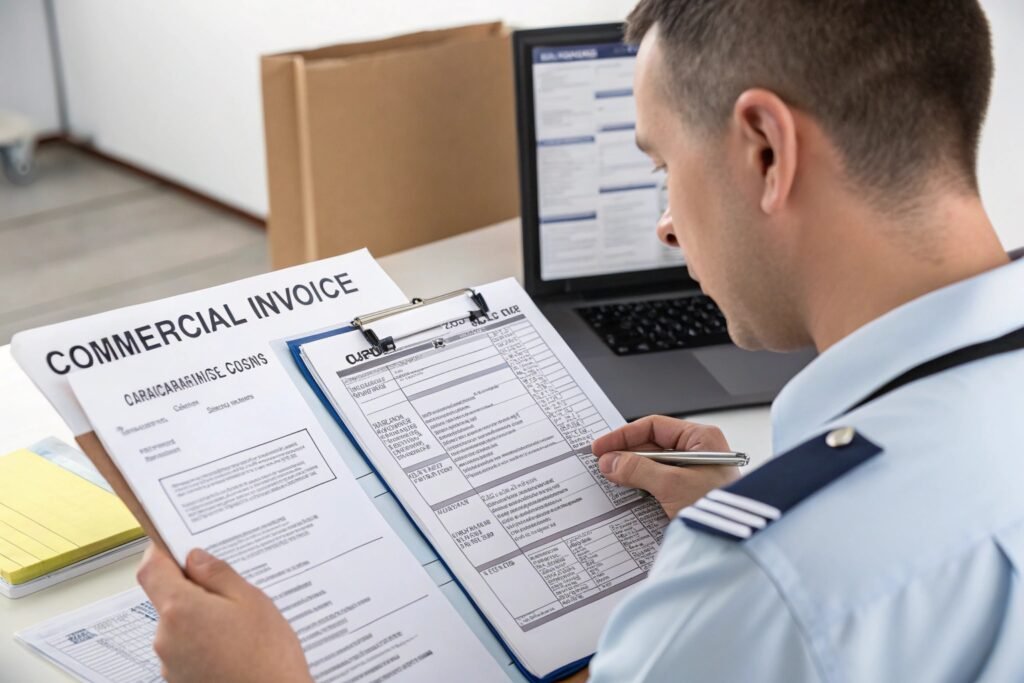
How do the two documents differ?
| Item | Commercial Invoice | Packing List |
|---|---|---|
| Purpose | Declares value and price | Lists package contents |
| Used For | Customs duties and clearance | Inspection and handling |
| Contains Pricing? | Yes | No |
| HS Code Required? | Yes | Optional |
| Units of Measure | Quantity + price | Quantity + weight/volume |
| Required By | Customs, banks | Warehouse, forwarder, customs |
A common mistake is using the same document as both invoice and packing list — this can cause delays at customs.
What makes a good invoice and packing list?
Good documents are:
- Clearly typed in English
- Aligned in product descriptions and quantities
- Include Incoterms (FOB, CIF, DDP, etc.)
- Show the seller and buyer info
- Include accurate HS code and declared value
We provide templates to our clients to ensure they get it right from the start — no guesswork needed.
How to avoid document errors in freight shipping
Documents are the #1 source of customs delays. Even small errors — like a missing HS code or wrong address — can block your cargo at the port.
You can avoid shipping document errors by preparing clear, consistent paperwork, double-checking details, and working with a freight forwarder who reviews everything before submission.
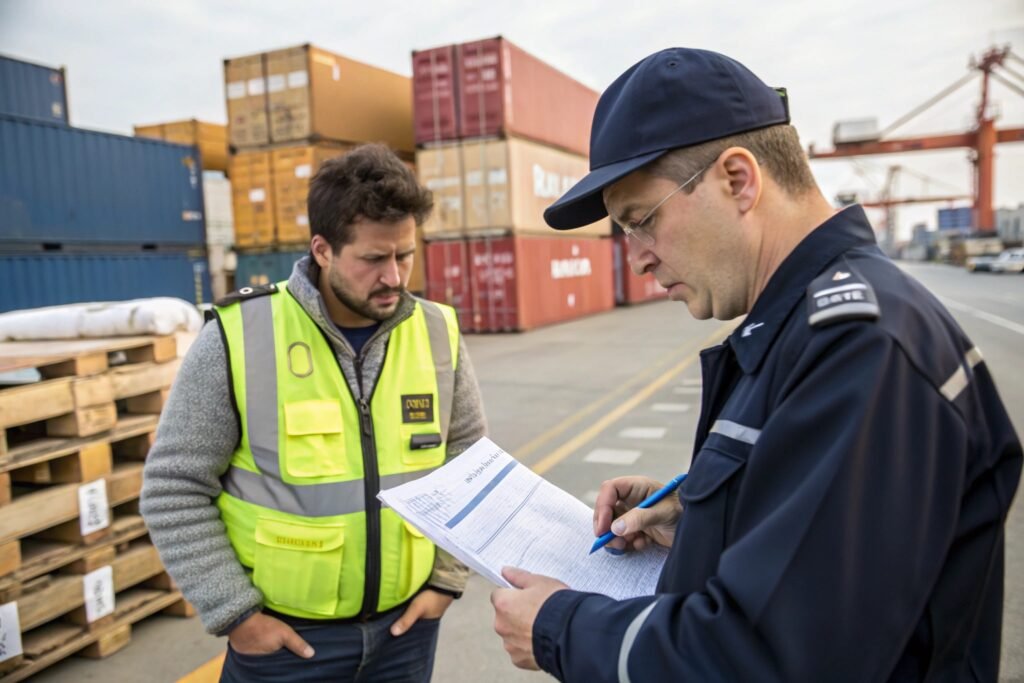
What are the most common documentation mistakes?
| Mistake | Consequence |
|---|---|
| Incorrect HS code | Wrong duties, customs hold |
| Value mismatch between invoice and declaration | Suspected fraud or undervaluation |
| Misspelled consignee name | Problems with delivery and release |
| Wrong Incoterm | Unexpected charges at destination |
| Missing documents (e.g., COO) | Blocked clearance for certain countries |
| Unclear product descriptions | Triggered inspection or reclassification |
We once saw a shipment delayed 12 days because the consignee address used a nickname (“Bob’s Imports”) instead of the legal business name.
How to prevent mistakes?
Use this checklist before shipping:
- ✅ Match all information across documents
- ✅ Use the full legal names and contact info
- ✅ Confirm HS code with your forwarder
- ✅ Ensure invoice totals match payment records
- ✅ Ask for document review before customs filing
At GeeseCargo, we check every shipment’s documents before submission — not after problems occur. That’s how we prevent issues and ensure on-time delivery.
Conclusion
Documents are the foundation of successful international shipping. With the right paperwork — and a knowledgeable forwarder guiding you — you avoid delays, reduce risk, and move goods across borders with confidence.
